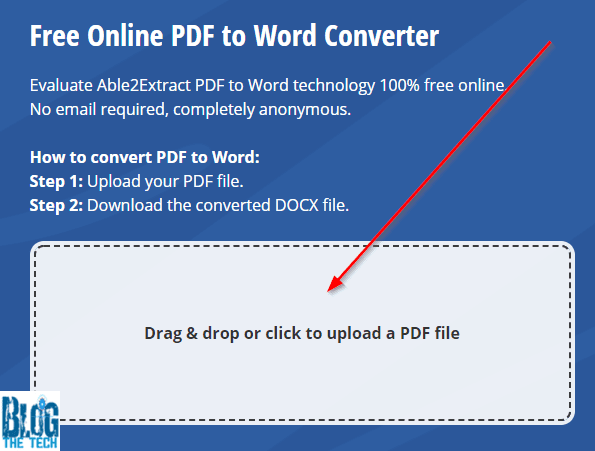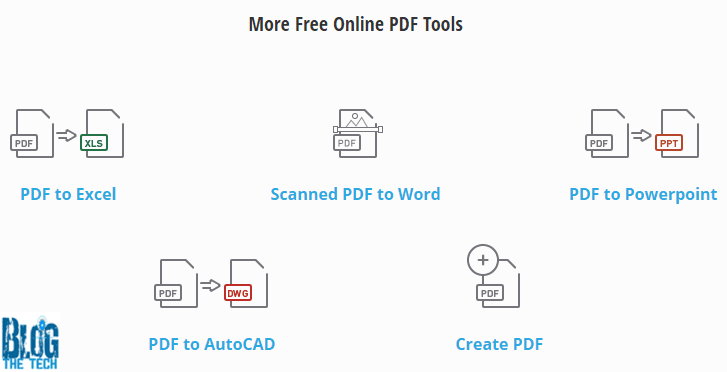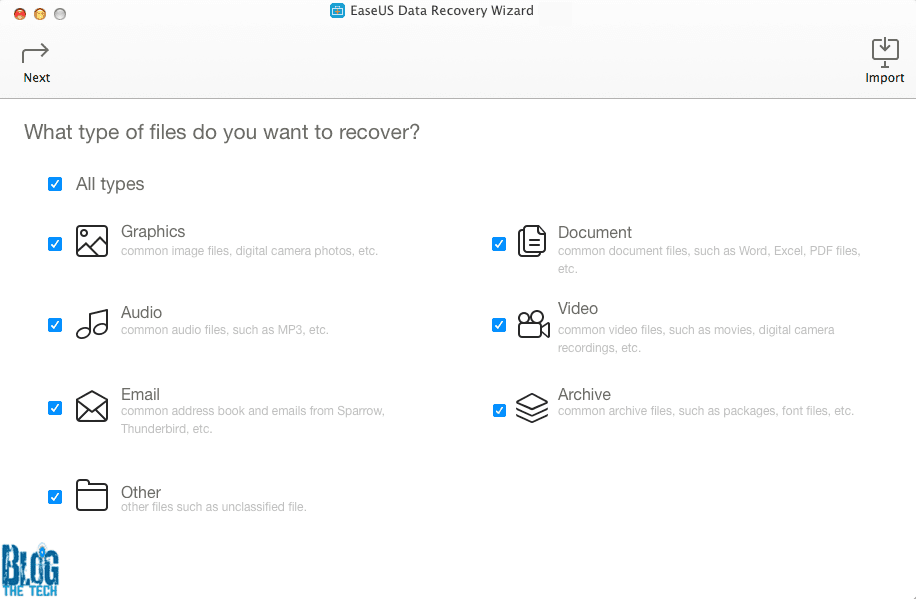There are several ways to write a standard business plan, but you know nowadays many people just curate something and then fix a little stuff up and down to make up a plan which would certainly backfire at the end of the day, this article here is centered on how to write a standard business plan.
This article was curated from Bplans written by Samuel Jim
- Keep it short
Business plans should be short and concise.
The reasoning for that is twofold:
- First, you want your business plan to be read (and no one is going to read a 100-page or even 40-page business plan).
- Second, your business plan should be a tool you use to run and grow your business, something you continue to use and refine over time. An excessively long business plan is a huge hassle to revise—you’re almost guaranteed that your plan will be relegated to a desk drawer, never to be seen again.
- Know your audience
Write your plan using language that your audience will understand.
For example, if your company is developing a complex scientific process, but your prospective investors aren’t scientists, avoid jargon, or acronyms that won’t be familiar.
Instead of this:
“Our patent-pending technology is a one-connection add-on to existing bCPAP setups. When attached to a bCPAP setup, our product provides non-invasive dual pressure ventilation.”
Write this:
“Our patent-pending product is a no power, easy-to-use device that replaces traditional ventilator machines used in hospitals at 1/100th the cost.”
Accommodate your investors, and keep explanations of your product simple and direct, using terms that everyone can understand. You can always use the appendix of your plan to provide the full specs if needed.
- Don’t be intimidated
The vast majority of business owners and entrepreneurs aren’t business experts. Just like you, they’re learning as they go and don’t have degrees in business.
Writing a business plan may seem like a big hurdle, but it doesn’t have to be. You know your business—you’re the expert on it. For that reason alone, writing a business plan and then leveraging your plan for growth won’t be nearly as challenging as you think.
And you don’t have to start with the full, detailed business plan that I’m going to describe here. In fact, it can be much easier to start with a simple, one-page business plan—what we call a Lean Plan—and then come back and build a slightly longer, more detailed business plan later.
6 elements to include in a business plan
Now that we have the rules of writing a business plan out of the way, let’s dive into the elements that you’ll include in it.
The rest of this article will delve into the specifics of what you should include in your business plan, what you should skip, the critical financial projections, and links to additional resources that can help jump-start your plan.
Remember, your business plan is a tool to help you build a better business, not just a homework assignment.
Here are the basic components of the business plan you’re going to write.
- Executive summary
This is an overview of your business and your plans. It comes first in your plan and is ideally only one to two pages. Most people write it last, though.
- Opportunity
This section answers these questions: What are you actually selling and how are you solving a problem (or “need”) for your market? Who are your target market and competition?
- Execution
How are you going to take your opportunity and turn it into a business? This section will cover your marketing and sales plan, operations, and your milestones and metrics for success.
- Company and management summary
Investors look for great teams in addition to great ideas. Use this chapter to describe your current team and who you need to hire. You will also provide a quick overview of your legal structure, location, and history if you’re already up and running.
- Financial plan
Your business plan isn’t complete without a financial forecast. We’ll tell you what to include in your financial plan.
- Appendix

If you need more space for product images or additional information, use the appendix for those details.
Let’s dive into the details of each section of your business plan and focus on building one that your investors and lenders will want to read.
Executive summary
The executive summary of your business plan introduces your company, explains what you do, and lays out what you’re looking for from your readers.
Structurally, it is the first chapter of your business plan. And while it’s the first thing that people will read, I generally advise that you write it last.
Why? Because once you know the details of your business inside and out, you will be better prepared to write your executive summary. After all, this section is a summary of everything else you’re going to write about.
Ideally, the executive summary can act as a stand-alone document that covers the highlights of your detailed plan. In fact, it’s very common for investors to ask for only the executive summary when they are evaluating your business. If they like what they see in the executive summary, they’ll often follow up with a request for a complete plan, a pitch presentation, and more in-depth financials.
Because your executive summary is such a critical component of your business plan, you’ll want to make sure that it’s as clear and concise as possible. Cover the key highlights of your business, but don’t into too much detail. Ideally, your executive summary will be one to two pages at most, designed to be a quick read that sparks interest and makes your investors feel eager to hear more.
The critical components of a winning executive summary:
- One sentence business overview
At the top of the page, right under your business name, include a one-sentence overview of your business that sums up the essence of what you are doing.
This can be a tagline but is often more effective if the sentence describes what your company actually does. This is also known as your value proposition.
- Problem
In one or two sentences, summarize the problem you are solving in the market. Every business is solving a problem for its customers and filling a need in the market.
- Solution
This is your product or service. How are you addressing the problem you have identified in the market?
- Target market
Who is your target market, or your ideal customer? How many of them are there? It’s important here to be specific.
If you’re a shoe company, you aren’t targeting “everyone” just because everyone has feet. You’re most likely targeting a specific market segment such as “style-conscious men” or “runners.” This will make it much easier for you to target your marketing and sales efforts and attract the kinds of customers that are most likely to buy from you.
- Competition
How is your target market solving their problem today? Are there alternatives or substitutes in the market?
Every business has some form of competition and it’s critical to provide an overview in your executive summary.
- Company overview and team
Provide a brief overview of your team and a short explanation of why you and your team are the right people to take your idea to market.
Investors put an enormous amount of weight on the team—even more than on the idea—because even a great idea needs great execution in order to become a reality.
- Financial summary
Highlight the key aspects of your financial plan, ideally with a chart that shows your planned sales, expenses, and profitability.
If your business model (i.e., how you make money) needs additional explanation, this is where you would do it.
- Funding requirements
If you are writing a business plan to get a bank loan or because you’re asking angel investors or venture capitalists for funding, you must include the details of what you need in the executive summary.
Don’t bother to include terms of a potential investment, as that will always be negotiated later. Instead, just include a short statement indicating how much money you need to raise.
- Milestones and traction
The last key element of an executive summary that investors will want to see is the progress that you’ve made so far and future milestones that you intend to hit. If you can show that your potential customers are already interested in—or perhaps already buying—your product or service, this is great to highlight.
You can skip the executive summary (or greatly reduce it in scope) if you are writing an internal business plan that’s purely a strategic guide for your company. In that case, you can dispense with details about the management team, funding requirements, and traction, and instead treat the executive summary as an overview of the strategic direction of the company, to ensure that all team members are on the same page.

Opportunity
There are four main chapters in a business plan—opportunity, execution, company overview, and financial plan. The opportunity chapter of your business plan is where the real meat of your plan lives—it includes information about the problem that you’re solving, your solution, who you plan to sell to, and how your product or service fits into the existing competitive landscape.
You’ll also use this section of your business plan to demonstrate what sets your solution apart from others, and how you plan to expand your offerings in the future.
People who read your business plan will already know a little bit about your business because they read your executive summary. But this chapter is still hugely important because it’s where you expand on your initial overview, providing more details and answering additional questions that you won’t cover in the executive summary.
The problem and solution
Start the opportunity chapter by describing the problem that you are solving for your customers. What is the primary pain point for them? How are they solving their problems today? Maybe the existing solutions to your customer’s problem are very expensive or cumbersome. For a business with a physical location, perhaps there aren’t any existing solutions within reasonable driving distance.
Defining the problem you are solving for your customers is far and away the most critical element of your business plan and crucial for your business success. If you can’t pinpoint a problem that your potential customers have, then you might not have a viable business concept.
To ensure that you are solving a real problem for your potential customers, a great step in the business planning process is to get away from your computer and actually go out and talk to potential customers. Validate that they have the problem you assume they have, and then take the next step and pitch your potential solution to their problem. Is it a good fit for them?
Once you have described your target market’s problem, the next section of your business plan should describe your solution. Your solution is the product or service that you plan on offering to your customers. What is it and how is it offered? How exactly does it solve the problem that your customers have?
For some products and services, you might want to describe use cases or tell a story about a real user who will benefit from (and be willing to pay for) your solution.
Target market
Now that you have detailed your problem and solution in your business plan, it’s time to turn your focus toward your target market: Who are you selling to?
Depending on the type of business you are starting and the type of plan you are writing, you may not need to go into too much detail here. No matter what, you need to know who your customer is and have a rough estimate of how many of them there are. If there aren’t enough customers for your product or service, that could be a warning sign.
Market analysis and market research
If you are going to do a market analysis, start with some research. First, identify your market segments and determine how big each segment is. A market segment is a group of people (or other businesses) that you could potentially sell to.
Don’t fall into the trap, though, of defining the market as “everyone.” The classic example is a shoe company. While it would be tempting for a shoe company to say that their target market is everyone who has feet, realistically they need to target a specific segment of the market in order to be successful. Perhaps they need to target athletes or business people who need formal shoes for work, or perhaps they are targeting children and their families. Learn more about target marketing in this article.
TAM, SAM, and SOM
A good business plan will identify the target market segments and then provide some data to indicate how fast each segment is growing. When identifying target markets, a classic method is to use the TAM, SAM, and SOM breakdown to look at market sizes from a top-down approach as well as a bottom-up approach.
Here are some quick definitions:
- TAM: Your Total Available or Addressable Market (everyone you wish to reach with your product)
- SAM: Your Segmented Addressable Market or Served Available Market (the portion of TAM you will target)
- SOM: Your Share Of the Market (the subset of your SAM that you will realistically reach—particularly in the first few years of your business)
Once you have identified your key market segments, you should discuss the trends for these markets. Are they growing or shrinking? Talk about the market’s evolving needs, tastes, or other upcoming changes to the market.
Your ideal customer
When you have your target market segments defined, it’s time to define your ideal customer for each segment.
One way to talk about your ideal customer in your plan is to use your “buyer persona” or “user persona.” A buyer persona is a fictitious representation of your market—they get a name, gender, income level, likes, dislikes, and so on.
While this may seem like additional work on top of the market segmentation that you have already done, having a solid buyer persona will be an extremely useful tool to help you identify the marketing and sales tactics you’ll need to use to attract these ideal customers.
Key customers
The final section of your target market chapter should discuss key customers.
This section is really only required for enterprise (large) companies that have very few customers. Most small businesses and typical startups can skip this and move on.
But if you selling to other businesses (B2B), you may have a few key customers that are critical to the success of your business, or a handful of important customers that are trend leaders in your space. If so, use this final portion of your target market chapter to provide details about those customers and how they are important to your business’s success.
Competition
Immediately following your target market section, you should describe your competition. Who else is providing solutions to try and solve your customers’ pain points? What are your competitive advantages over the competition?
Most business plans use a “competitor matrix” to easily compare their features against their competition.
The most important thing to illustrate in this section of your business plan is how your solution is different or better than other offerings that a potential customer might consider. Investors will want to know what advantages you have over the competition and how you plan on differentiating yourself.
One of the biggest mistakes entrepreneurs make in their business plans is stating that they don’t have any competition.
The simple fact is that all businesses have competition. Competitors may not always come in the form of “direct competition,” which is when you have a competitor offering a similar solution to your offering. Often times, you may be dealing with “indirect competition,” which is when consumers solve their problem with an entirely different kind of solution.
For example, when Henry Ford was first marketing his cars, there was very little direct competition from other car manufacturers—there weren’t any other cars. Instead, Ford was competing against other modes of transportation—horses, bikes, trains, and walking. On the surface, none of these things look like real direct competition, but they were how people were to solving their transportation problems at that time.
Future products and services
All entrepreneurs have a vision of where they want to take the business in the future if they are successful.
While it’s tempting to spend a lot of time exploring future opportunities for new products and services, you shouldn’t expand too much on these ideas in your business plan.
It’s certainly useful to include a paragraph or two about potential future plans, to show investors where you are headed in the long term, but you don’t want your plan to be dominated by long-range plans that may or may not come to fruition. The focus should be on bringing your first products and services to the market.

Execution
Now that you’ve completed the opportunity chapter, you’re going to move on to the execution chapter, which includes everything about how you’re actually going to make your business work. You’ll cover your marketing and sales plans, operations, how you’ll measure success, and the key milestones that you expect to achieve.
Marketing and sales plan
The marketing and sales plan section of your business plan details how you plan to reach your target market segments (also called target marketing), how you plan on selling to those target markets, what your pricing plan is, and what types of activities and partnerships you need to make your business a success.
Before you even think about writing your marketing plan, you must have your target market well-defined and have your buyer persona(s) fleshed out. Without truly understanding who you are marketing to, a marketing plan will have little value.






![The need for a country code top level domain [.NG] The need for a country code top level domain [.NG]](https://www.blogthetech.com/wp-content/uploads/2020/09/The-need-for-a-country-code-top-level-domain-.NG_.jpg)









